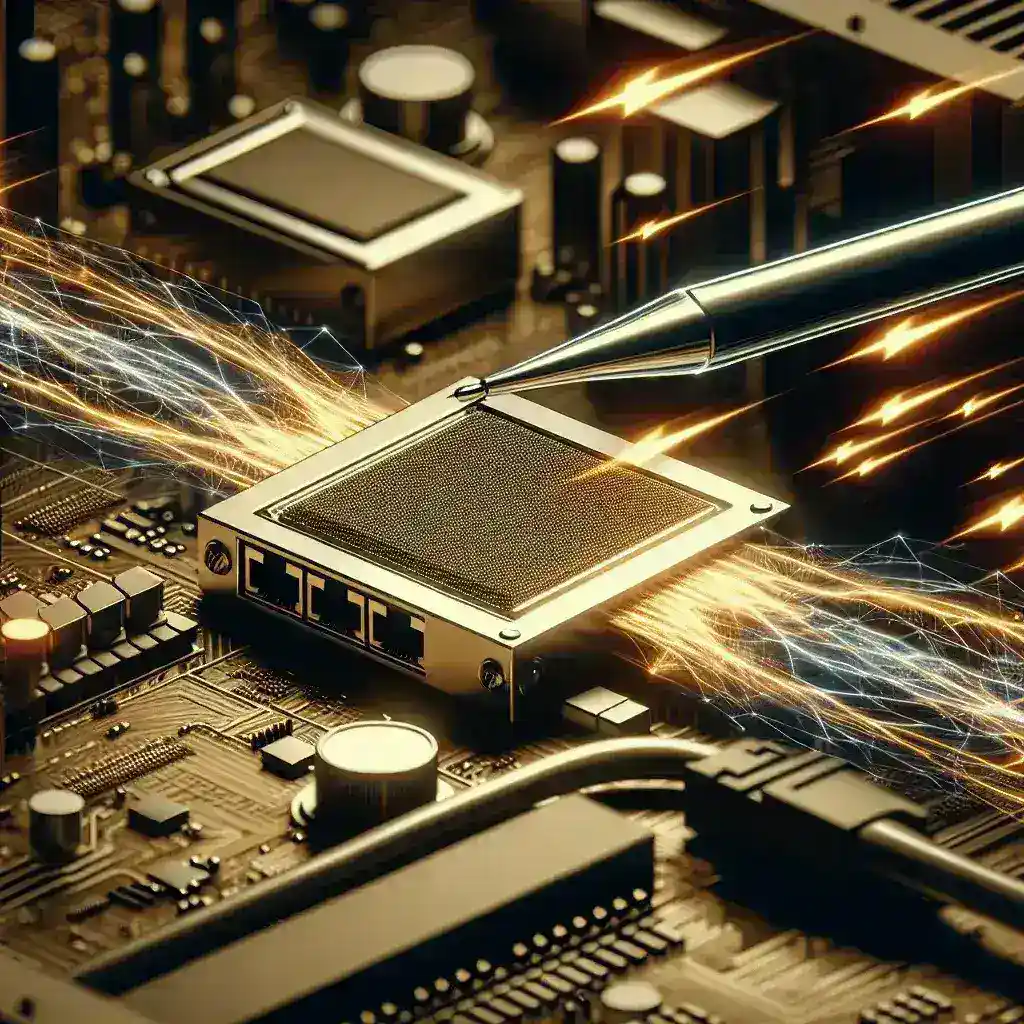Low latency is crucial for a variety of applications, from online gaming to real-time financial transactions. Optimizing your network adapter for low latency ensures smoother data transfer and a better overall experience. In this article, we’ll explore several techniques to help you achieve low latency in your network connections.
Understanding Network Latency
Network latency is the delay that occurs between the time data is sent and received. Various factors contribute to network latency, including the quality of your hardware, network congestion, and routing issues.
Factors Affecting Network Latency
| Factor | Description |
|---|---|
| Hardware Quality | Substandard hardware can increase latency due to slower data processing speeds. |
| Network Congestion | High traffic on your network can cause delays as data packets wait in queues. |
| Routing | Data taking longer paths to reach the destination can result in higher latency. |
Steps to Optimize Your Network Adapter
1. Update Network Adapter Drivers
Outdated drivers can cause performance issues. Ensure your network adapter drivers are up to date by checking the manufacturer’s website for the latest updates.
2. Configure Quality of Service (QoS)
Quality of Service (QoS) settings allow you to prioritize certain types of traffic, ensuring that essential data receives priority. Here’s how to configure QoS:
- Access your router settings via its IP address.
- Navigate to the QoS settings page.
- Enable QoS and prioritize traffic based on your specific needs.
3. Disable Windows Auto-Tuning
Windows Auto-Tuning can sometimes cause latency issues. To disable it:
- Open Command Prompt as an administrator.
- Type
netsh int tcp set global autotuninglevel=disabledand press Enter.
4. Adjust Network Adapter Settings
Your network adapter settings can be optimized for better performance. Follow these steps:
- Go to Device Manager and locate your network adapter.
- Right-click and select Properties.
- Navigate to the Advanced tab and adjust settings such as Interrupt Moderation, Speed & Duplex, and Large Send Offload.
5. Optimize Physical Connections
Ensure that your physical connections are optimized for low latency:
- Use wired connections instead of wireless when possible.
- Use high-quality cables and avoid unnecessary extensions.
6. Reduce Background Processes
Background processes can consume bandwidth and increase latency. Close any unnecessary applications to free up resources.
7. Use a Gaming Router
Gaming routers are designed to reduce latency by prioritizing gaming traffic. Investing in a high-quality gaming router can significantly improve your online experience.
Advanced Techniques
1. Configure MTU Settings
Maximum Transmission Unit (MTU) settings can impact latency. To configure MTU settings:
- Access your router’s settings.
- Navigate to the MTU configuration page.
- Adjust the MTU size to the optimal value, usually 1500 bytes for Ethernet networks.
2. Utilize Network Optimization Software
Network optimization software can help you automatically adjust settings for low latency. Look for reputable software that offers real-time monitoring and optimization.
Common Mistakes to Avoid
While optimizing your network adapter, avoid these common mistakes:
- Using outdated or low-quality hardware.
- Ignoring firmware updates for your router and network adapter.
- Overloading your network with too many devices.
- Neglecting proper cable management.
Conclusion
Optimizing your network adapter for low latency involves a combination of hardware updates, configuration adjustments, and routine maintenance. By following the steps outlined in this article, you can significantly reduce latency and enjoy a smoother online experience.
